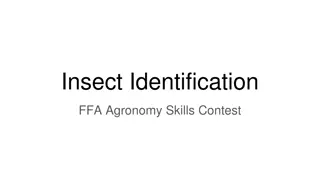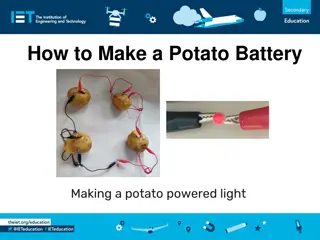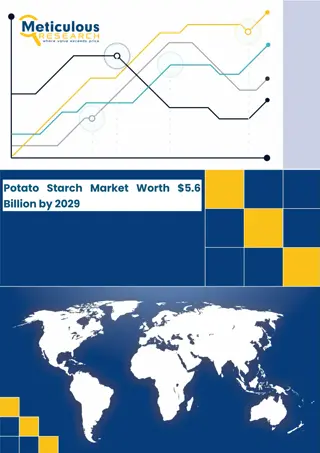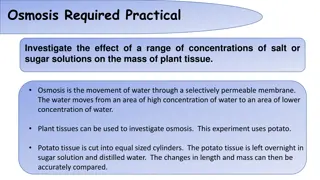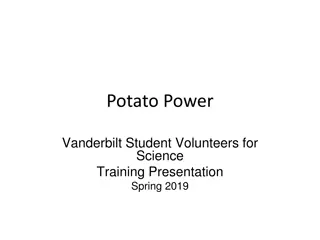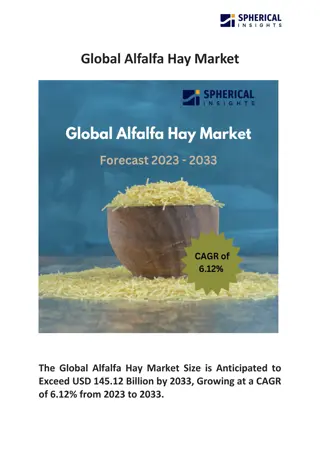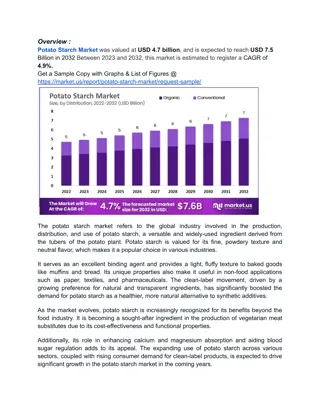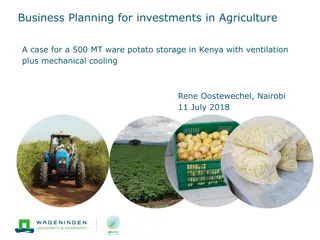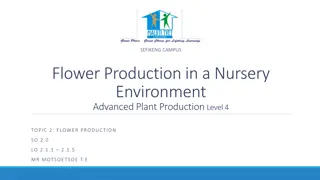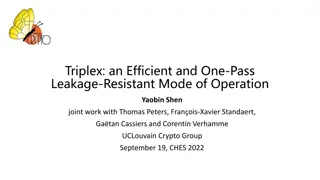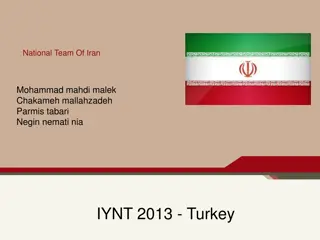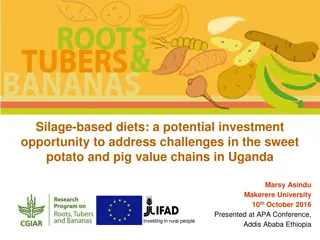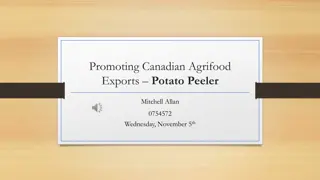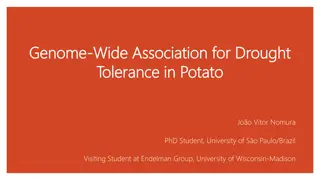Advancements in Potato Leafhopper-Resistant Alfalfa Cultivars
Potato leafhopper-resistant alfalfa cultivars have shown significant improvement in resistance levels, reducing the need for insecticides and enhancing agronomic performance. Introduced in 1997, these cultivars, such as PIONEER 5454, DK 131 HG, and EVERGREEN, have demonstrated enhanced yield and resilience under high PLH pressure. Research in Ohio and Iowa reveals the positive impact of PLH resistance on yield, emphasizing the effectiveness of resistant varieties in combating yield loss. The development and utilization of PLH-resistant alfalfa cultivars have been instrumental in improving alfalfa productivity and sustainability.
Download Presentation

Please find below an Image/Link to download the presentation.
The content on the website is provided AS IS for your information and personal use only. It may not be sold, licensed, or shared on other websites without obtaining consent from the author. Download presentation by click this link. If you encounter any issues during the download, it is possible that the publisher has removed the file from their server.
E N D
Presentation Transcript
Update on PLH Resistant Alfalfa Mark Sulc Extension Forage Specialist Dept. Horticulture & Crop Science sulc.2@osu.edu
Potato leafhopper resistant alfalfa cultivars were introduced in 1997 PLH-resistant cultivars were developed using germplasm of Medicago species having glandular hairs.
PLH Resistance and Agronomic Performance Have Improved As levels of PLH resistance have improved, the need for insecticides declines.
PIONEER 5454 (no resistance) DK 131 HG (53% resistance) EVERGREEN (79% resistance) David B. Hogg, John L. Wedberg and Dan J. Undersander
Average Alfalfa Summer Yield - Per Cut 4 site years S.Charleston, OH Resistant varieties limit yield loss 1.6 -0.14 Tons DM / Acre 1.2 Untreated Treated -0.40 0.8 0.4 0.0 Susceptible Resistant
Effect of PLH Resistance on Yield Ohio 2009-2011 (no insecticide applied) Yield, % of Susceptible Checks Yield of susceptible checks 120 110 100 90 80
Yield of PLH Resistant & Susceptible Varieties Iowa & Ohio - 13 harvests average Untreated Insecticide Yield per cutting (tons/acre) 1.5 -0.10 1.0 -0.33 0.5 0.0 Resistant Susceptible
Susceptible vs. Resistant Cultivar (with and without insecticide July 1, 2002) Early spray No spray Late spray No spray Susceptible Resistant
Susceptible vs. Resistant Cultivar (with and without insecticide June 27, 2002) Resistant Susceptible
New Resistant vs. Susceptible 2001-2003 Total Yield High PLH pressure all 3 years (total of 17 harvests) 24 22.8 a 22.4 ab 22.3 ab 1.0 20 21.7 b 21.7 b Tons per Acre 16 17.7 c 12 -1.1 8 -4.7 No difference 4 0 Resistant Susceptible Early trt Late trt Untreated
Marginal Return For All Harvests Gross Revenue Less Insecticide Cost High PLH pressure all years 3255 3255 3000 3180 3195 3090 2655 $ per Acre 2000 1000 Based on: $150/ton alfalfa value $15/acre per insecticide application 0 Resistant Susceptible Untreated Early trt Late trt
PLH control in With Resistant Varieties, thresholds are 3X higher, once alfalfa established. resistant and susceptible varieties Apply insecticide if PLH are above threshold and harvest is >7 days away. Lower the threshold when alfalfa is stressed. Cut early if normal harvest time is within 7 days, then watch regrowth carefully.
Yield when PLH were above economic threshold Ohio & Iowa 2006-07 (no insecticide applied) Variety Marketer Resistant 53H92 Pioneer 4P424 Mycogen Seeds 6426PLH Garst EVERGREEN3 NK Brand Seed 54H91 Pioneer GH773LH Goldern Harvest Seeds PLH Yield Index2 % 45 38 37 30 28 25 Yield1 Tons/acre 1.20* 1.15* 1.14* 1.09* 1.06* 1.04* Susceptible Checks3 LSD (0.05) 0.83 0.10 * Yield significantly greater than susceptible checks 1 Average yield at 10 harvests when PLH caused injury 2 % yield improvement over the yield of susceptible checks 3 Checks = 5454, DK140




